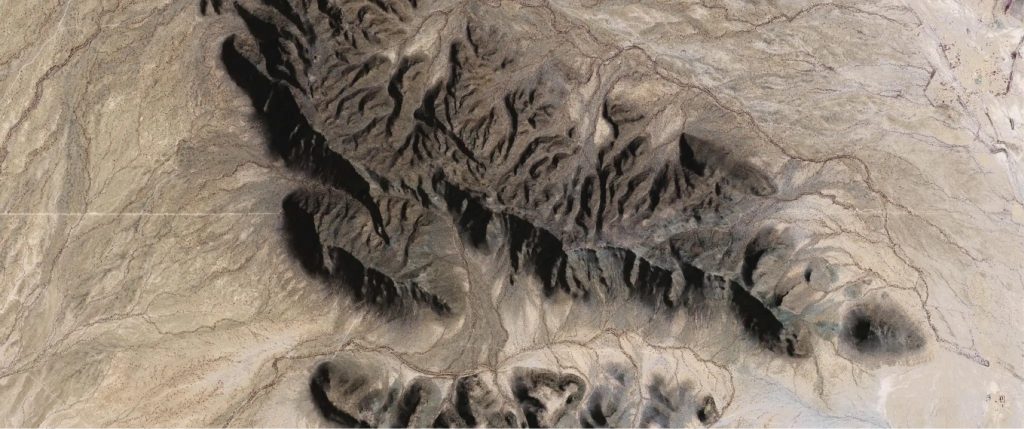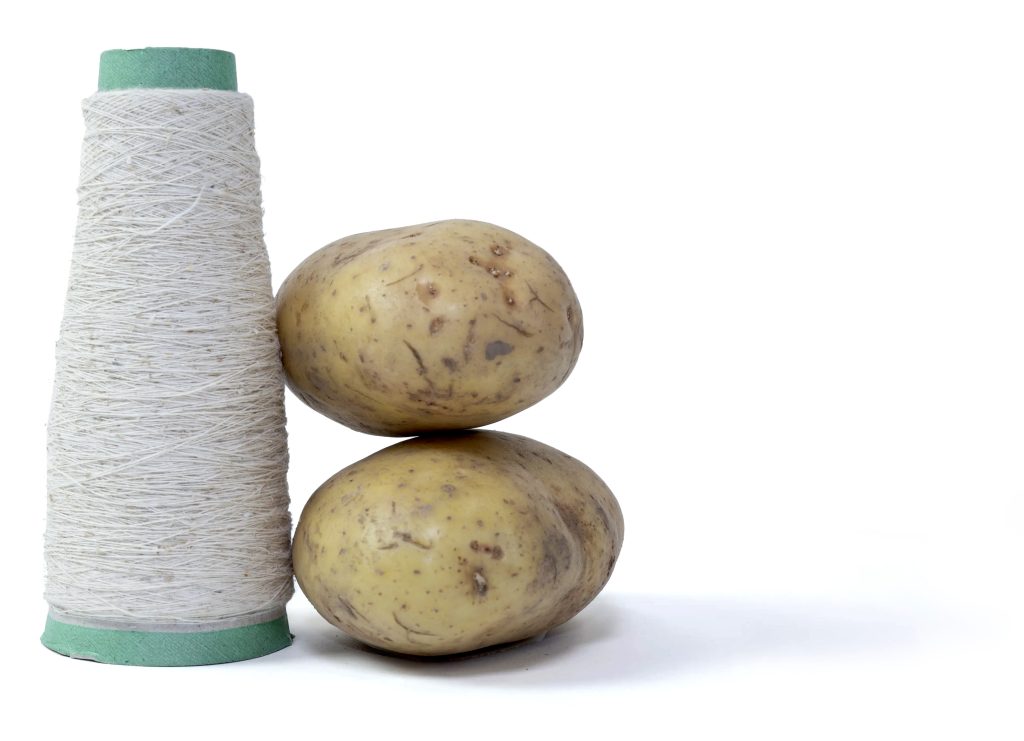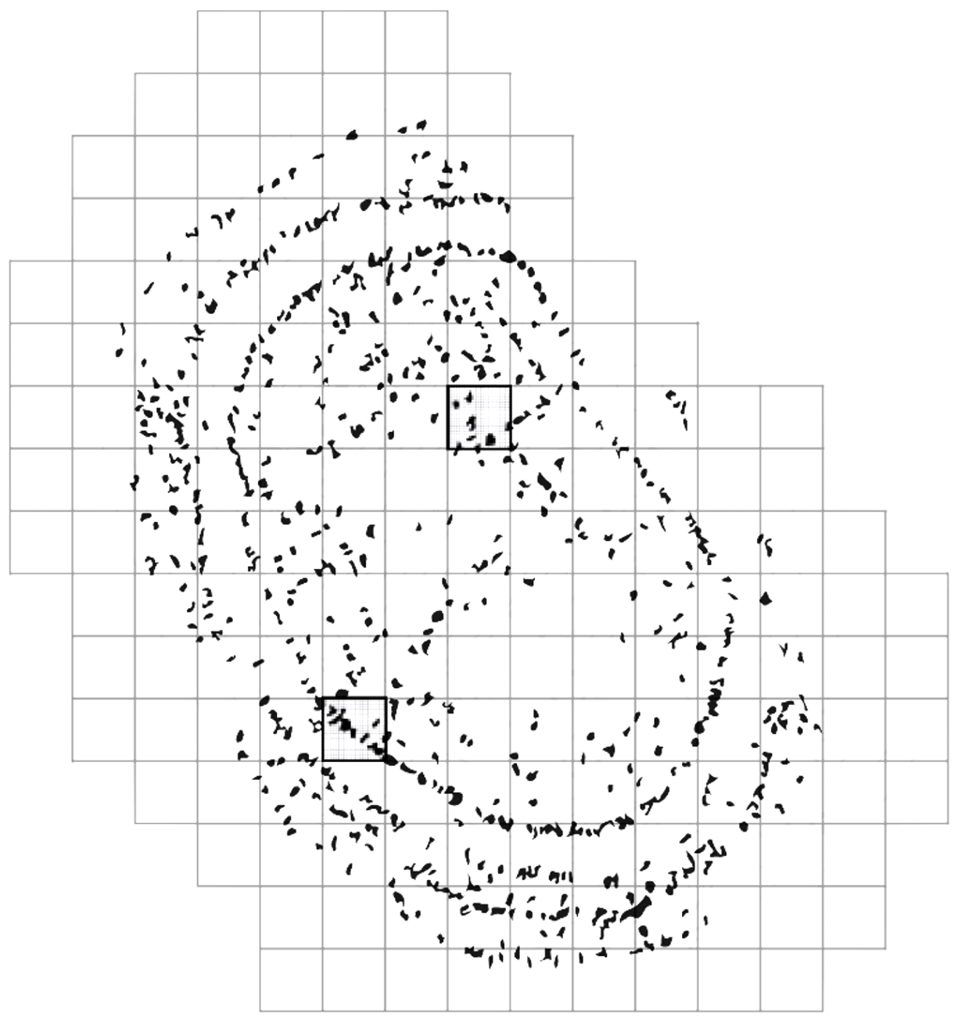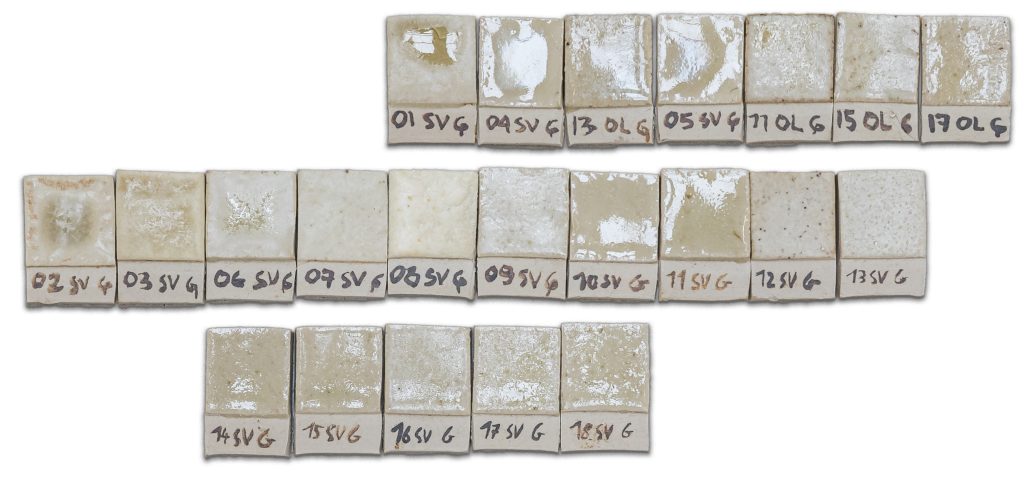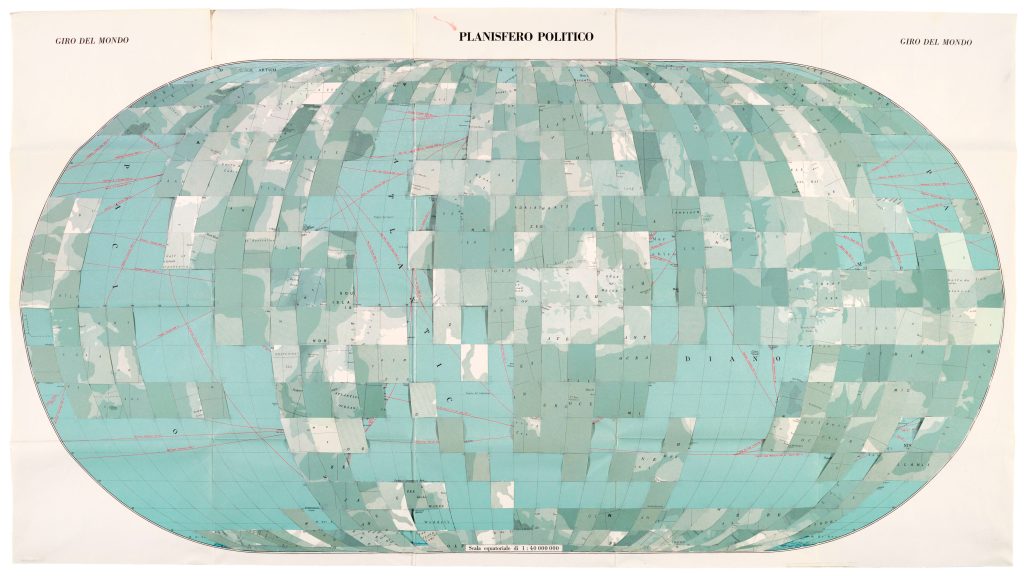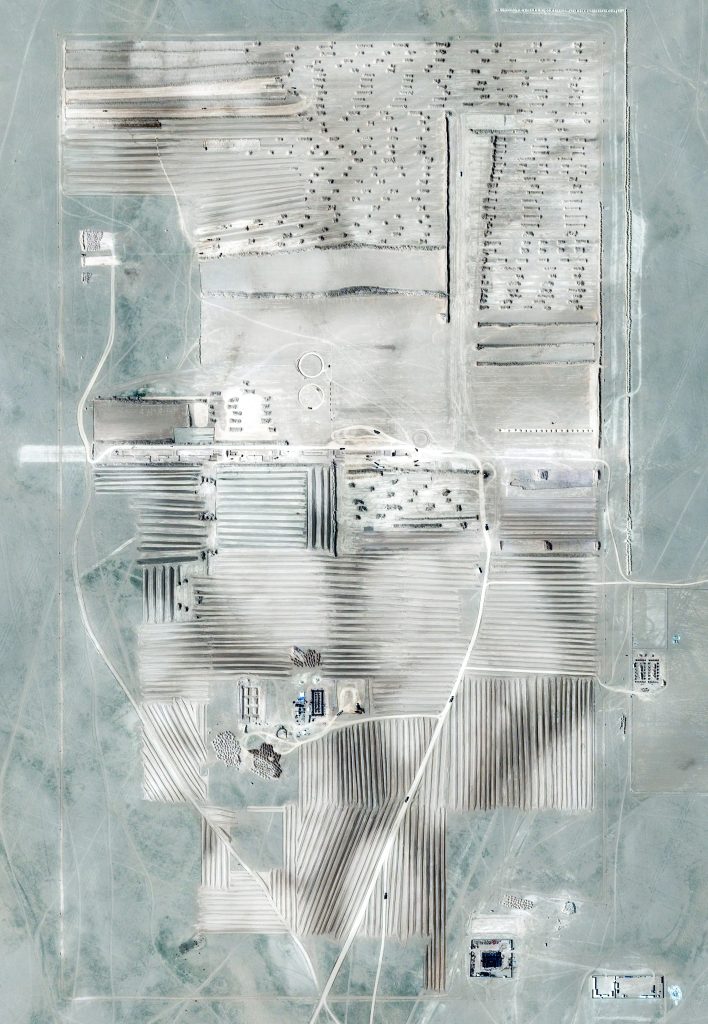Future Observatory Journal
Design, ecology and a future
Bioregioning redraws the boundaries of climate action, using the immediate landscape as a template for design, politics and regeneration. Zooming in is the new scaling up.
Welcome to the first issue of Future Observatory Journal. Are you surprised to encounter a new iteration of something as ‘old media’ as a journal? You are probably not alone.
And yet we felt an urgent need for it. There is an empty lot in publishing where design, ecology and futures intersect, and it feels important to build something there. The primary reason is to reshape the discourse of design and ‘sustainability’. So much design that purports to address the green transition is trapped within systems and structures that have no desire to be changed, and will brook only a thin environmentalism. They will allow for improved recyclability, reduced plastic and the electrification of everything, as long as quarterly profits stand. Those innovations will never be short of coverage.
The purpose of Future Observatory Journal, however, is to create space for rethinking the frameworks within which design operates. We want to widen the space for considering more fundamental shifts in the narrative. The futures that this journal probes are those in which existing systems are challenged, modes of thought expanded and forms of practice evolve. But our strapline says ‘a future’ because, frankly, we want there to be one. So the journal is making a tiny stand against the ‘de-futuring’, to quote Tony Fry, of so much tech and net zero discourse.
Since Future Observatory was established in 2021, bioregioning has been a consistent topic of conversation with researchers in our portfolio, and so it emerged naturally as the theme of Issue 1 of the journal. We have used ‘bioregioning’ as a verb, which we borrow from John Thackara and others, because it is an active form that is as much about people and knowledge as it is about land. But bioregionalism has a long and uneven history, dating back to the counterculture of the 1970s, and carries an air of idealism if not naivety. It is both explored and critiqued in this issue. But the fact that it is an emergent mode of practice, even if mainly aspirationally, suggests a necessary challenge to globalised mass-production and mass-consumption in all their magnificent extractive efficiencies. We are used to thinking immaterially in ways that elide all boundaries, both geographical and ecological. Yet a regenerative future depends on recognising the ways that matter is rooted in place. The bioregioning espoused here is not some parochial idyll but a globally networked system for deepening the knowledge embedded in local landscapes.
Finally, a brief word about the way Future Observatory Journal is structured. We open with a Forecast that presents an overview of the theme and that, hopefully, conjures an alternative future. The Practice section substantiates that worldview with case studies in design practice, as well as essays and interviews that offer a richer investigation of the theme. And we conclude with Strategy, in which we zoom out from the practice level to examine what would need to change at the systemic or policy level for bioregioning to become a more accepted and practicable future. That’s the sequential logic, but please read and enjoy the journal anyway that suits you.
Justin McGuirk
Part 1 - Forecast
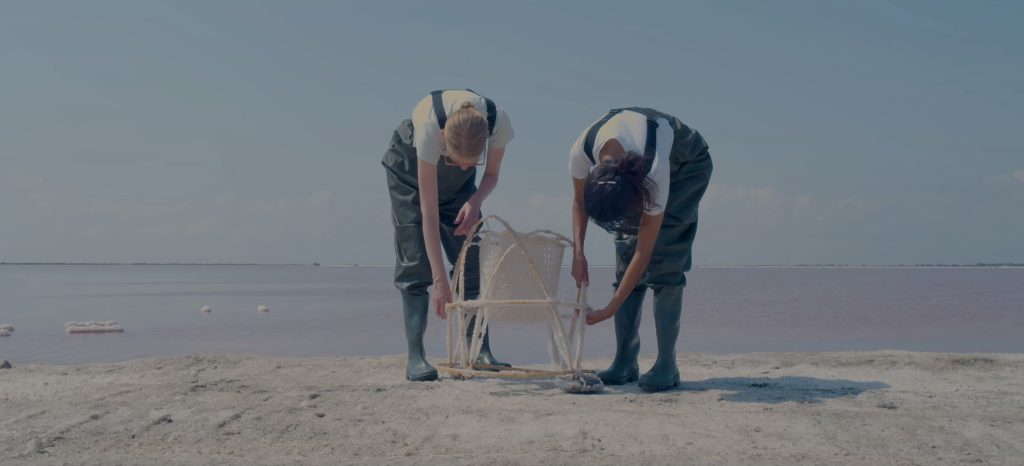
-shedding
Part 2 - Practice
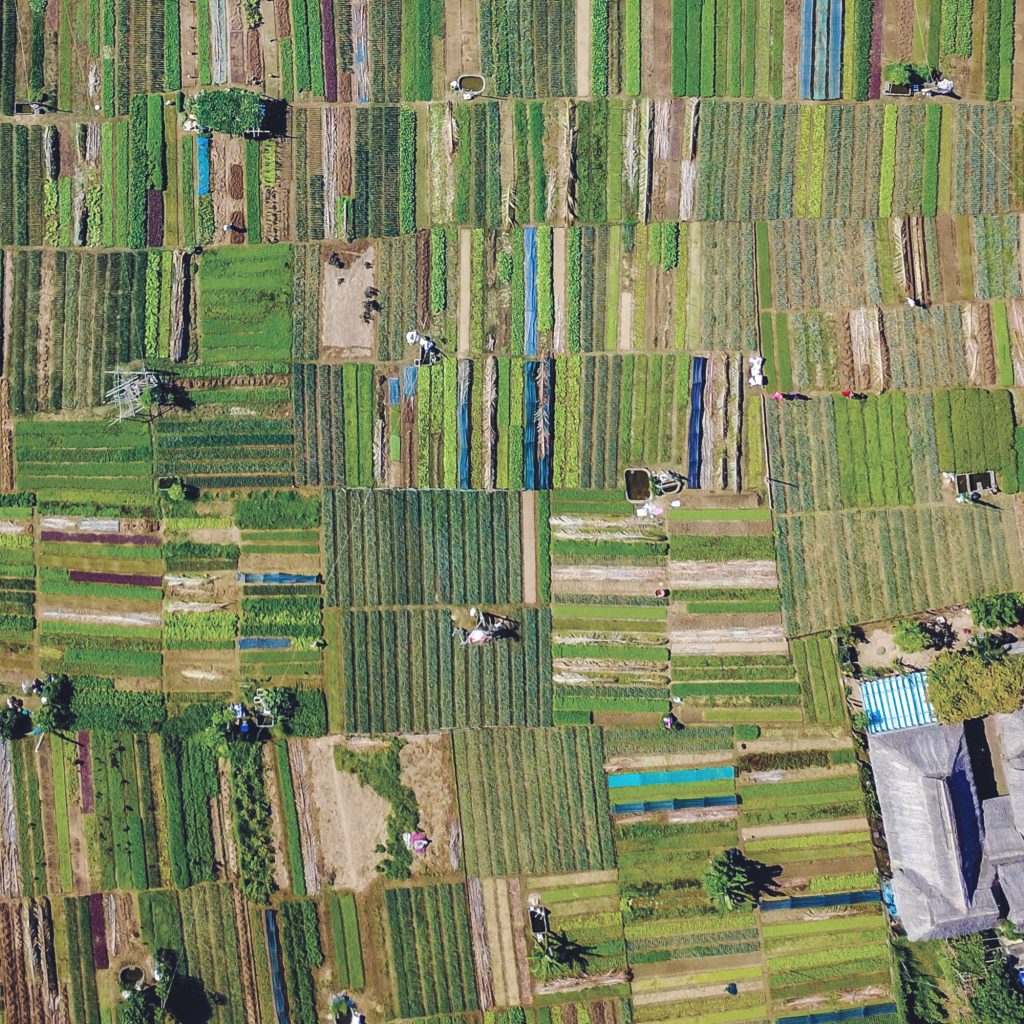
Contested Terrain Introducing the bioregion
Donella Meadows Revisited

Lo-Fab A local fabrication model from Rwanda
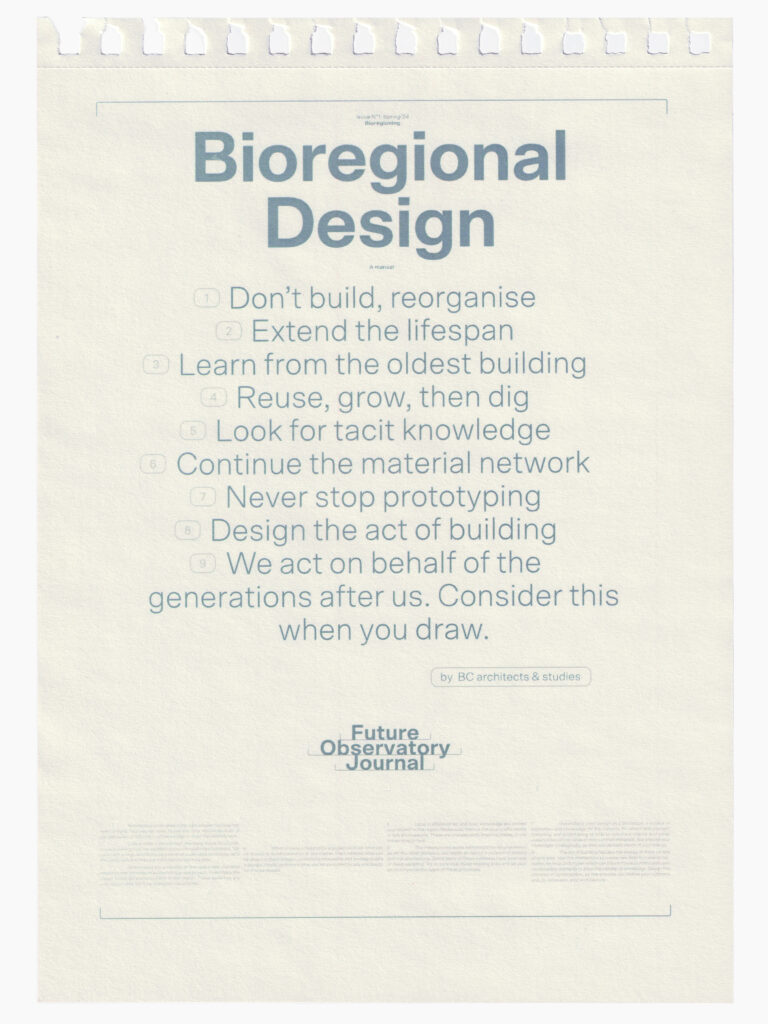
A Manual for Bioregional Design
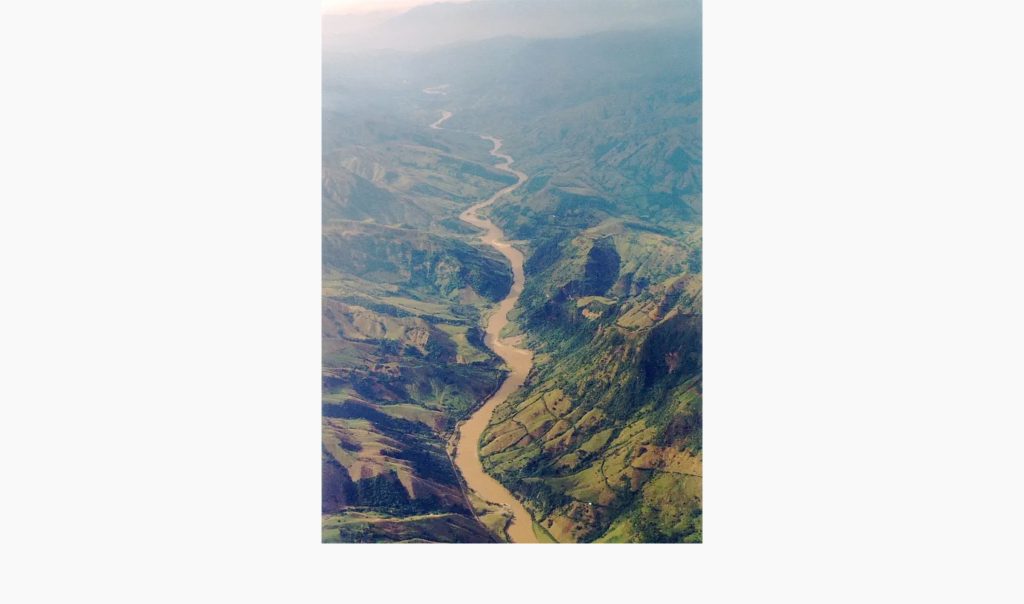
‘We must choose between narratives’ An interview with Arturo Escobar
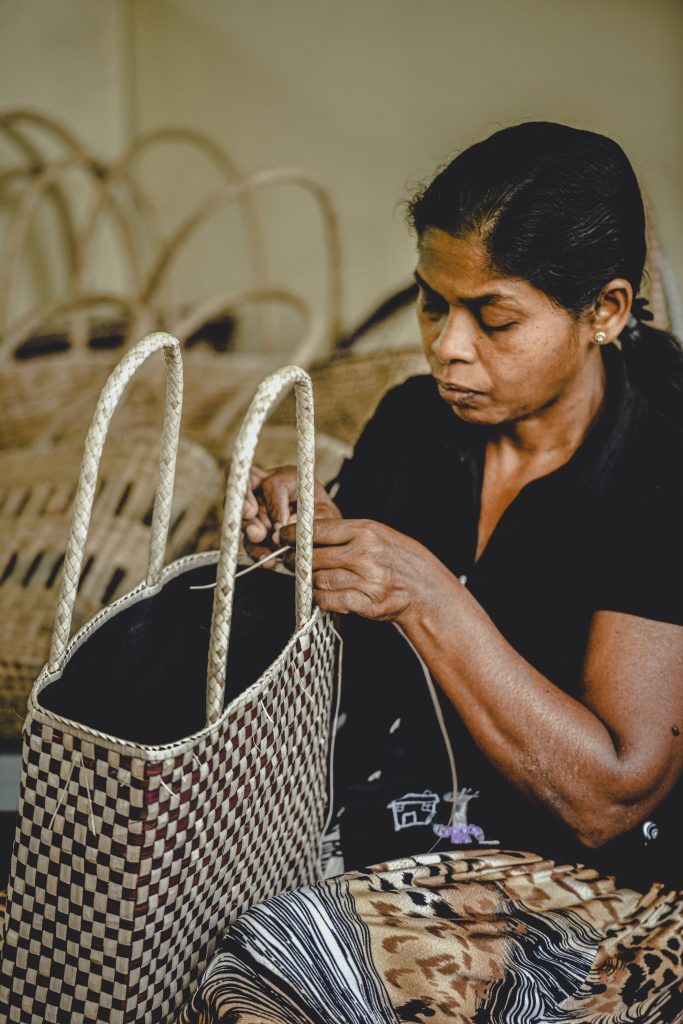
Slow Fibres Scaling the Fibershed movement
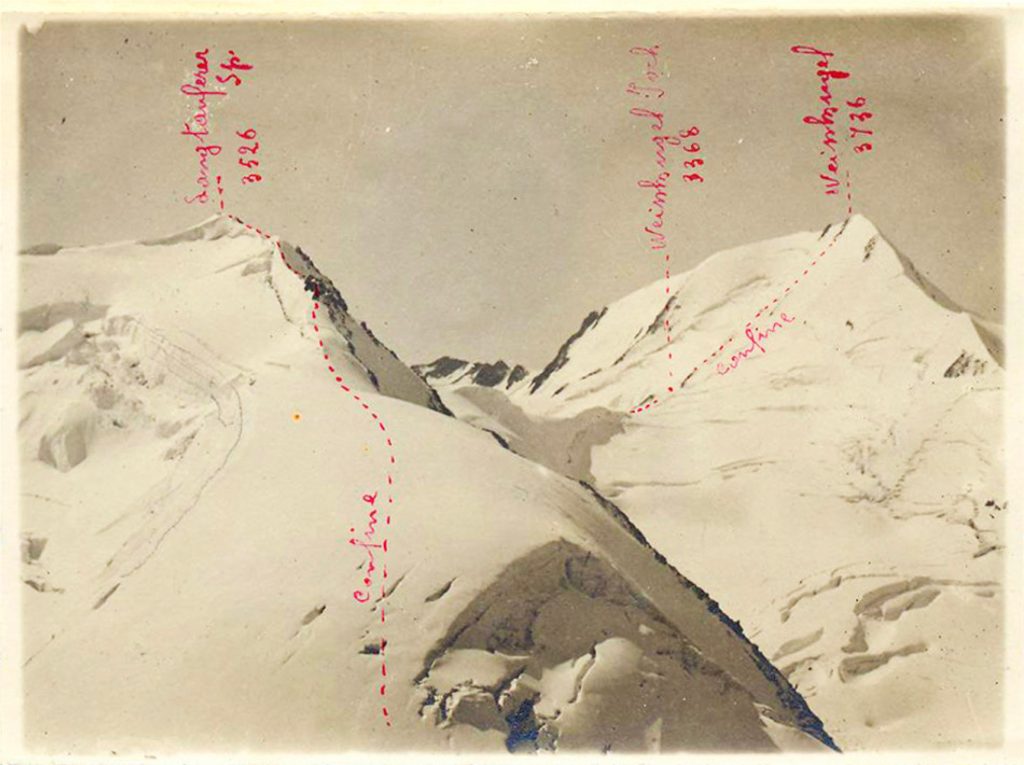
Off the Map Design across bioregions and borders

When Extraction Comes Home Mining the EU for rare earth metals

From the Portfolio Future Observatory research projects

